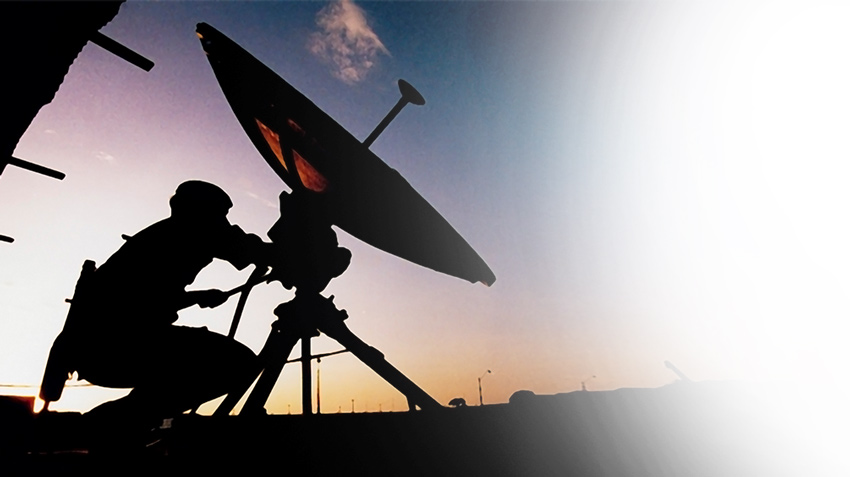 Summary: The National Audit Office (NAO) has said that the decision to delay spending on a new radar system named Crowsnest will mean that any new aircraft carrier will not be fully operational until 2022, two years later than promised.
Summary: The National Audit Office (NAO) has said that the decision to delay spending on a new radar system named Crowsnest will mean that any new aircraft carrier will not be fully operational until 2022, two years later than promised.
The delay will extend the time that Britain lacks a fully capable aircraft carrier, a “capability gap” created by the Coalition Government’s controversial defence cuts, the NAO said.
The Royal Navy has been without an aircraft carrier since the scrapping of HMS Ark Royal in 2010.
Two replacements are currently under construction, the first of which, HMS Queen Elizabeth, is due to sail at the end of 2017. However, aircraft will not fly from the vessel until the end of 2020.
Britain’s carrier gap has left ministers facing criticism about defence cuts, and the NAO has now revealed that the gap will be longer than thought.
Philip Hammond, the Defence Secretary, said that the MOD does not agree that delayed introduction of Crowsnest will undermine the delivery of Carrier-Strike capability.
He said: “Crowsnest will enter service in 2020, at the same time as HMS Queen Elizabeth and the helicopter-based radar system will be fully operational by 2022. Until then, its maritime surveillance capabilities will be augmented by other platforms and systems, including the state of the art radar on the Type 45 Destroyers, working together in a layered defence.”
About Defence Contracts International
Defence Contracts International brings you defence contracts, procurement intelligence and business opportunities. Find out more and register today.







